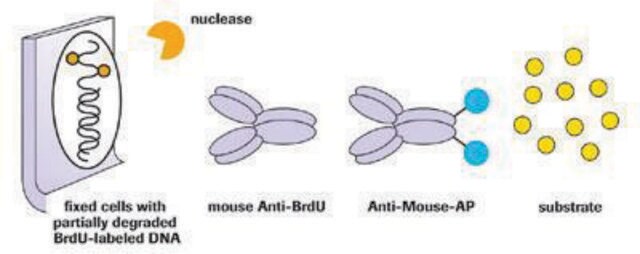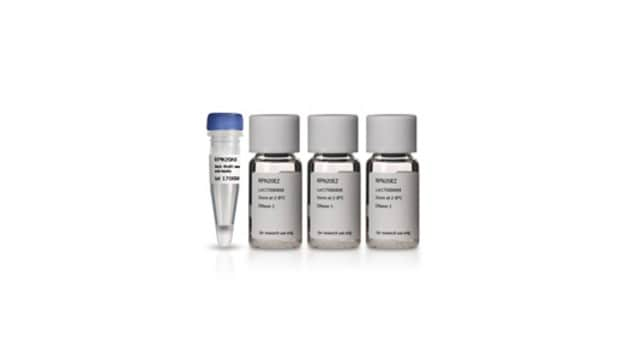A1304
β-Amanitin
from Amanita phalloides, ≥85% (HPLC), powder, RNA polymerase inhibitor
About This Item
Recommended Products
product name
β-Amanitin from Amanita phalloides, ≥85% (HPLC)
Quality Level
Assay
≥85% (HPLC)
form
powder
storage temp.
−20°C
SMILES string
CCC(C)C1NC(=O)CNC(=O)C2Cc3c([nH]c4cc(O)ccc34)S(=O)CC(NC(=O)CNC1=O)C(=O)NC(CC(O)=O)C(=O)N5CC(O)CC5C(=O)NC(C(C)C(O)CO)C(=O)N2
InChI
1S/C39H53N9O15S/c1-4-16(2)31-36(60)41-11-28(53)42-25-15-64(63)38-21(20-6-5-18(50)7-22(20)45-38)9-23(33(57)40-12-29(54)46-31)43-37(61)32(17(3)27(52)14-49)47-35(59)26-8-19(51)13-48(26)39(62)24(10-30(55)56)44-34(25)58/h5-7,16-17,19,23-27,31-32,45,49-52H,4,8-15H2,1-3H3,(H,40,57)(H,41,60)(H,42,53)(H,43,61)(H,44,58)(H,46,54)(H,47,59)(H,55,56)
InChI key
IEQCUEXVAPAFMQ-UHFFFAOYSA-N
Looking for similar products? Visit Product Comparison Guide
General description
Application
- as a calibration standard for the quantification of β-Amanitin using liquid chromatography-high resolution-mass spectrometry/mass spectrometry (LC-HR-MS/MS) method.
- to determine its concentration in urine samples by capillary zone electrophoresis (CZE).
- in the analysis of β-amanitin in toxic mushrooms by liquid chromatography coupled to time-of-flight mass spectrometry.
Biochem/physiol Actions
Signal Word
Danger
Hazard Statements
Precautionary Statements
Hazard Classifications
Acute Tox. 2 Dermal - Acute Tox. 2 Inhalation - Acute Tox. 2 Oral
Storage Class Code
6.1A - Combustible acute toxic Cat. 1 and 2 / very toxic hazardous materials
WGK
WGK 3
Certificates of Analysis (COA)
Search for Certificates of Analysis (COA) by entering the products Lot/Batch Number. Lot and Batch Numbers can be found on a product’s label following the words ‘Lot’ or ‘Batch’.
Already Own This Product?
Find documentation for the products that you have recently purchased in the Document Library.
Our team of scientists has experience in all areas of research including Life Science, Material Science, Chemical Synthesis, Chromatography, Analytical and many others.
Contact Technical Service








